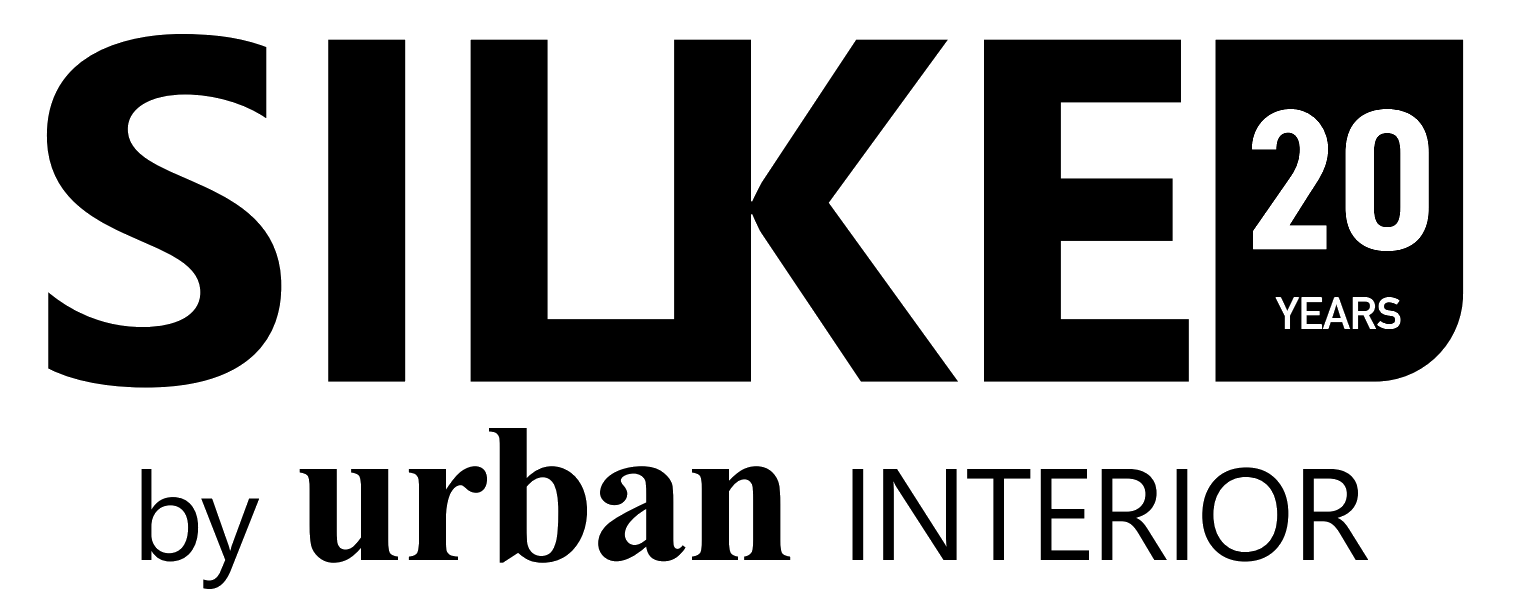When it comes to design in a kitchen, there are a number of schools of thought as to how one can go about it. You’ve got styles that pull directly from certain eras or countries to evoke a specific mood or feeling, for one. There are also styles that are based more around artistic statements and raw aesthetics for another. And even within those somewhat nebulous definitions, interpretations are loose and crossover is definitely not uncommon. Today, there’s a particular style we’d like to take a look at; that of Shaker Kitchens.
Put simply, Shaker Kitchens are those with very traditional, old fashioned styling. Typically, a lot of wood and polished brass is used in a Shaker Kitchen’s construction. As a result, they can often lead to a very “old world” feeling kitchen environment, evocative of a kitchen in a cottage far out in the woods. However, as expressed above, design is never fully binary; not all Shaker Kitchens are created equal.
For starters, a common trend in recent years is the meshing of Shaker design aesthetics; wood panelling, ornate cabinet designs, brass handles; with very modern design elements. For starters, many kitchens in modern housing have rigid, hard-angled walls in their base construction, which tends to evoke a modern and contemporary feel in of itself. For another, although the cabinets, worktops, and aesthetic touches may be a little old fashioned looking, modern appliances or electronics will often be paired off with them for the sake of convenience. The end result is a kitchen that meshes together two distinct styles rooted in very different eras, creating a very unique feel and atmosphere.
That is, of course, only one avenue an individual could take. There are, for example, a number of appliances that deliberately evoke styles or traits from appliances or tools of the past, albeit with better and more reliable functionality to ensure less stress in the kitchen (and a safer kitchen environment overall). This does extend somewhat to aesthetics, as well; there are a number of companies that pioneer new technologies in decorative items or aspects, such as backglass or cabinet doors, that feature designs and styles that appear much more traditional to the naked eye.
As expressed above, that’s one of the central beauties of design; how it is very open to interpretation, invites experimentation, and finds new ways to repurpose the old whilst embracing the new.


